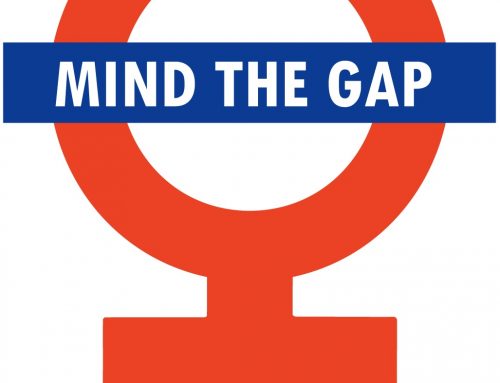
Achieving gender equity in the corporate sphere—it’s hardly a new goal. Yet in many regards, it has proved to be stubbornly unattainable. A 2012 Catalyst report released earlier this year revealed that between 2009 and 2012, the percentage of women executive officers in the Fortune 500 essentially remained stagnant. In recent remarks at the Prism awards luncheon, a fundraiser for New York University’s School of Continuing and Professional Studies and Graphic Communications Management and Technology graduate program, Xerox CEO Ursula Burns assessed the issue more bluntly. “Basically there’s been no progress,” Burns observed. Burns should know—she is one of just 21 women currently serving as the CEO of a Fortune 500 company.
Despite these dismal statistics, many in the corporate sector continue to press for change, particularly when it comes to increasing the number of women on corporate boards, both in the U.S. and in Europe. A recent Harvard Business Review report, Dysfunction in the Boardroom, provides an in-depth look at the dynamics at play in keeping women out of the boardroom and offers compelling evidence that the time for change has come.
What They Found
In their initial 2010 study, authors Boris Groysberg and Deborah Bell surveyed both men and women directors, primarily from the United States. They revisited their research in 2012, expanding the survey sample to include significantly more board directors from outside the U.S. and revealing some interesting differences between the U.S. and Europe. Their findings, however, reflect a primarily American bent. Sifting through their research, the authors discovered three main themes:
- Women must be more qualified than their male counterparts to be considered for directorships. (Interestingly enough, a recent report by the Australian asset management firm BlackRock revealed that, despite the fact that many often decry the lack of qualified women board candidates, some 80% of the men appointed to ASX 200 company boards did not have previous or current experience as an ASX 200 board compared to only 57% of the women appointees.)
- Boards may like the concept of diversity, but they don’t use it to best advantage even when they have it. 87% of the women surveyed reported that they experienced gender-related biases. For example, despite the fact that 57% of the men surveyed lauded the fact that women brought a fresh perspective to the boardroom, 21% of the women polled indicated that their opinions were frequently ignored or discounted.
- Accumulation of talent on a board is not enough, in and of itself, to ensure success. Simply increasing the number of qualified women on boards is not enough. Companies must actively seek to establish formal processes that allow each member to contribute and also encourage a culture that supports diversity. For example, 20% of women directors reported not being treated as an equal or as part of the ‘in’ group, citing such examples as being repeatedly excluded from dinners, golf outings and the like by some male board members. Among the authors’ recommendations for improving the effectiveness of a diversified board:
- Build and strengthen group dynamics
- Recruit more female and diverse director candidates
- Develop more female and diverse candidates internally
- Conduct rigorous and regular board assessments and evaluations
Recent WE Interview subject Mellody Hobson–herself a director at several prestigious companies including DreamWorks Animation (where Hobson serves as the chair of the board), The Estée Lauder Companies Inc., Groupon, Inc., and Starbucks Corporation—maintains that, in order to succeed, women must take responsibility for their careers and keep pushing. “We need to make sure our voices are heard. I’ve been in too many meetings and board meetings where the women don’t speak up as much as the men. I’ve seen women wait for the safe moment to share their ideas, which are often the best of all the ideas.”





